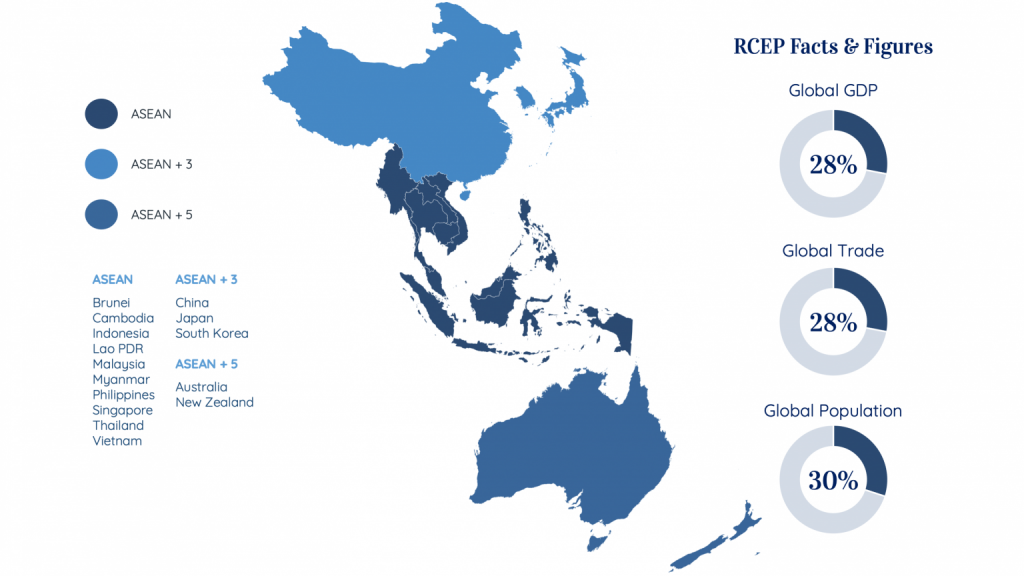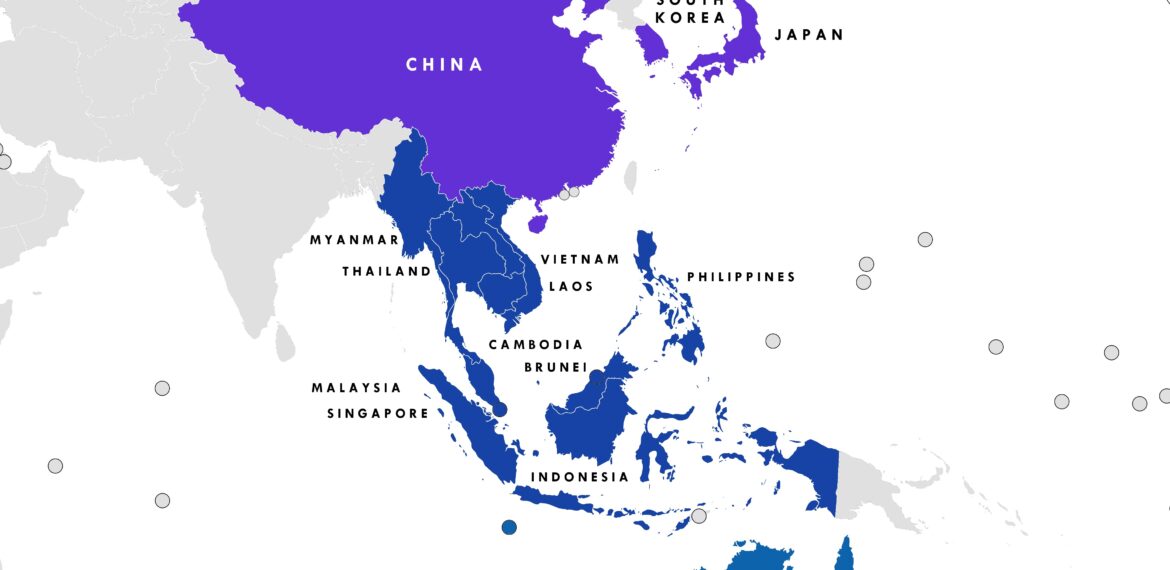[vc_row content_placement=”top”][vc_column][vc_column_text]
India is cozy up to US which has been aggressive after Modi took power in 2014. If Indian politicians recalled their memory, US had imposed Super301 on India for almost 10 years, which lead to domestic fuel cost increase, exports, currency devaluation and impacted on strategic projects such as Nuclear and Space missions. It was tough times for India. US was always worked with Pakistan for quite long. Ruling BJP is thinking that by cozying up to US, India can isolate Pakistan. Actually it does, and Pakistan is moving closer to China now, thanks to Trump. But, considering the trade deficit between US and India, and removal of India’s special trade status, US’ trade interest in India is meagre. Trump is pushing for US companies to move their factories from China to US, however, many are relocating to nearby countries, such as Vietnam and others. No major movement of US factories in china to India, yet. US alone will ideally not enough to meet India’s growth requirements as set by Modi – $5trillion economy by 2024. India’s current economy was $2.94 trillions in 2019, and Q12020 GDP is -23.9% (Y-o-Y).
To achieve Modi’s target of $5t economy by 2024, India needs BRI (OBOR) and to be part of RCEP. But India is not part of BRI or RCEP as of now, and there are no such symptoms to become part of it in the near foreseeable future.

Why not part of BRI and RCEP?
India has a nightmarish memory of 1962 Sino-Indian Border war, which was disastrously end for India with a defeat. There was a hue and cry in 1962, which saw nation wide mobilization of patriotism by Nehru Government and sought funding from public. There were news reports showing ladies removed and donated their jewelleries for the cause of War in front of the camera. Therefore, China was an enemy for Indians in their minds. BRI was seen in a bad light, as India had undergone IMF and World Bank Loans before which have destroyed Indian farmers life a lot. The BRI looks like a similar initiative, and Sri Lanka’s Hambandotta Port was leased to Chinese for 99 years to offset the loans. Indians were noticing that. Besides Pakistan’s Gwador Port which is operated by Chinese and Maldives, Bangladesh & Nepal are getting Chinese strategic investments . India’s external affairs ministry believed China is encircling India strategically and if BRI was let in into India, India will become a colony of China. And the Sino-Indian Border issue was not resolved yet. India will have an undue disadvantage over its unresolved Sino-Indian Border issues. This is what India’s MFA were thinking. So no participation in BRI, instead invest more in Missiles, Aircraft Carriers to strengthen the Indian Navy. BRI was dead for India.
That generations who ferociously fought China was gone or retired. New leaders with youths who didn’t have much knowledge about that 1962 war, have approached China with a positive mindset. Modi met Xi three times in the same year. Opposition leaders met Chinese delegates in China few times. All were good, and both sides were deeply discussing about RCEP participation. ASEAN countries were excited about RCEP, as two world’s largest markets are becoming part of RCEP. The agreement discussions were going on for 8–9 years. When Trump raises the ante up against China in the name of trade war, Modi was re-thinking the participation in RCEP, as that might irk Trump, who took aggressive stand against Chinese Trade Practices. India has withdrawn from RCEP suddenly. ASEAN countries were in a shock and surprise, and they have decided to go ahead with RCEP without India, but leaving the door Open for India to enter at any time.
Will India become part of RCEP?
Not in Modi’s government. It might be possible after Modi is gone. Modi used to strictly oppose what (the opposition) Congress has taken as policy stand, and when he took over the helm, implement the same policy, which he had opposed while in Opposition. Aadhaar (national biometric identity project, which gathers two iris and ten finger prints for all Indians) and GST were the two prime examples which he was opposing while he was in opposition and vigorously adopted it when he becomes the PM. Same goes to Nehru’s approach to China in 1959 to 1962, Modi is following the exactly same cookbook in 2020. Read the book written by Neville Maxwell, a British worked during British India regime in India as a reporter. Neville became an Australian Citizen later, and he wrote a book called “Sino-Indian War”, which explains in detail on a day-to-day progress of what happened in both Indian and Chinese sides during that time. If you read them now, you will see almost exactly the same events are repeating, including a Major advancing his troops into Chinese territory without concurrence from New Delhi.
After a clash which claimed 20 Indian soldiers and unknown number of Chinese soldiers, the animosity against China created in Indian’s mindset is huge, thanks to prolific Media coverage. However, BJP Government is running a very sophisticated IT cell, which could change the entire Indian mindset using their social media, tv, print media influence. Therefore, changing the “mindset” of Indians in favour of Chinese is not a problem for ruling BJP government, since whatever they propagate through their IT Cell, there is a huge following to believe it is true.
It is up to Modi and his coterie to decide whether they will find truce with China and participate in RCEP, in the economic interests and future of India. ASEAN is still believing that change in leadership in India will lead India to become a member of RCEP.
[/vc_column_text][vc_column_text]




